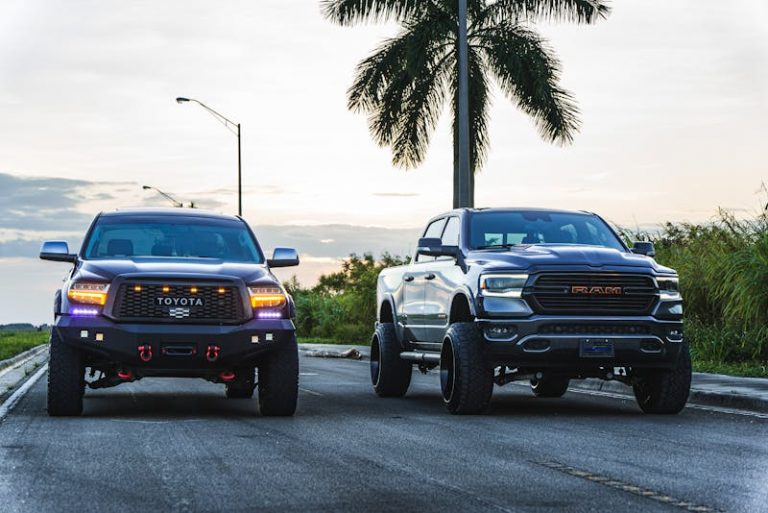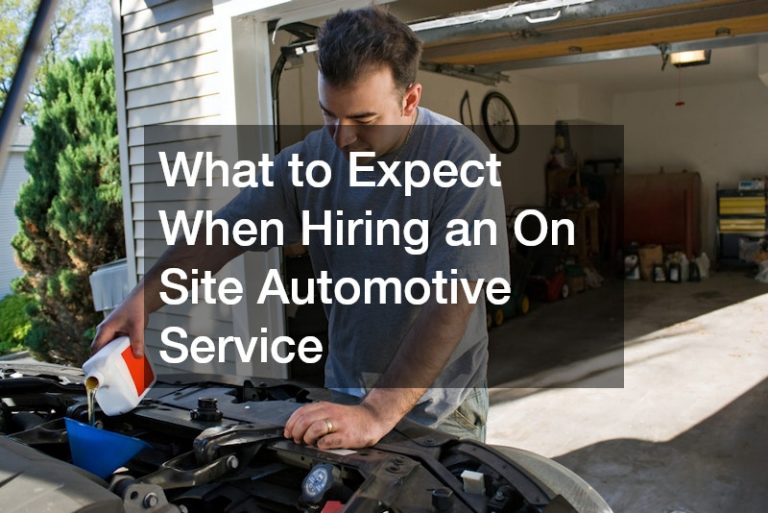
Whether you’re talking about a home plumbing project, repair in your RV, hose repair on an aircraft, or piping in your boat: having good hose clamps is essential. The right heavy duty hose clamp can mean the difference between a successful project and a failure, or even a successful flight or a crash.
What Is a Hose Clamp?
Hose clamps, or a hose clip, as they are sometimes called, attach to hoses and seal them to a fitting. Embossed hose clamp, and clamps of any type, are designed to make certain there is a tight seal between the hose and its connection: though embossed hose clamps can also function in much the same way as a zip tie in other situations.
What Can Hose Clamps Do?
Most hose clamps are designed to withstand only a medium amount of pressure, and under that pressure to ensure a tight seal so there is no leakage. Without embossed hose clamps, extra wide hose clamps, or any other type, the hoses on airplanes and boats or in homes or RVs would be at risk of leaking gas or liquid.
What Makes a Good Hose Clamp?
There are different types of clamps, included embossed hose clamps, stainless steel hose clamps, and clamps specifically made for marine use, aircraft use, or emergency plumbing use. It is crucial that a clamp provide even pressure all the way around so that there are no gaps and that the material the clamp is made from is suitable for what the clamp is used for.
How Can You Tell Good Hose Clamps?
The best ones should be made of 316 stainless steep, and because clamps are so crucial to preventing leaks, it’s always worth getting a clamp made by a reputable manufacturer. One way to tell if a clamp is made entirely of stainless steel is to run a magnet over it; although this cannot alert you to inferior steel. That’s why it’s a good idea to buy only from reputable companies.
How Tight Should Hose Clamps Be?
There is a good deal of discussion on the subject of how tightly those embossed hose clamps should be set, and every manufacturer will provide a specific torque recommendation. Unfortunately, it’s not always possible to get your hands on a properly calibrated torque wrench when you need to install a clamp.
It’s good to know, then, that the average person can produce 37 inch/pounds of torque using only ungloved hands and a nut driver, and that most clamps up to 1 1/2 inches require almost exactly this amount of pressure to tighten to their ideal torque.
How To Keep Clamps in Good Shape
The most important way to ensure your embossed hose clamps are doing their job is to check them regularly. The more crucial the hose is, the more often you should be checking. A visual inspection is not enough, particularly in marine or aircraft environments where salt and other corrosives can be an issue. Always tug at the clamp and feel it all the way around to make sure it hasn’t rusted in an unexpected direction. If you find any kinks or any corrosion, immediately replace your clamps.
The hose clamp was invented by a Royal Navy Commander in 1921, and since then have been a standard and dependable way to prevent leaks on crucial hoses in a wide variety of applications. Make sure you always use quality clamps and apply and inspect them well.



